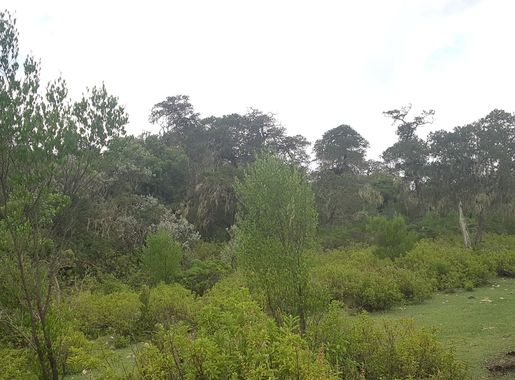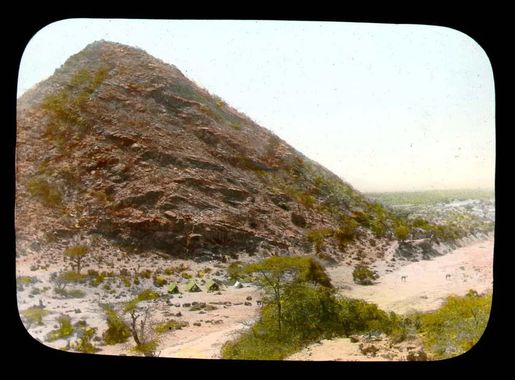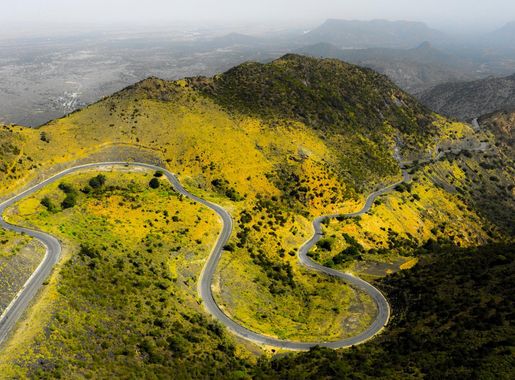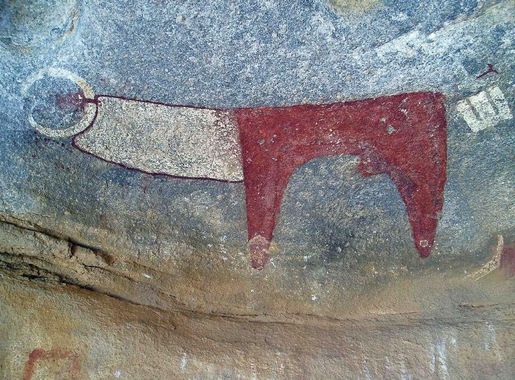
The Enigmatic Peaks of the Karkaar Mountains
Discover the Majestic Karkaar Mountains: A Hidden Gem in Somalia for Adventure Seekers and Culture Enthusiasts
The Karkaar Mountains in Somalia are a hidden gem for adventurous travelers. Stretching across the northern region of the country, these mountains offer stunning vistas, rich cultural experiences, and a serene escape from the hustle and bustle of city life. The mountains are known for their rugged terrain, making them a paradise for hikers and nature enthusiasts alike. Visitors can explore the lush valleys and fascinating rock formations that characterize the Karkaar range. The area is also home to a variety of wildlife, including rare bird species, which makes it a haven for birdwatchers. The breathtaking sunrises and sunsets over the peaks are a sight to behold, providing perfect photo opportunities for avid photographers. Beyond the natural beauty, the Karkaar Mountains are steeped in local history and traditions. The communities living in and around the mountains are known for their warm hospitality. Tourists can immerse themselves in the local culture by visiting traditional villages, participating in local festivals, and enjoying authentic Somali cuisine. The Karkaar Mountains offer a unique blend of adventure and cultural richness that is sure to leave a lasting impression on any visitor.
Local tips in Karkaar Mountains
- Carry enough water and snacks as amenities are scarce in the mountains.
- Hire a local guide to enhance your experience and navigate the terrain safely.
- Visit during the cooler months to avoid the extreme heat.
- Respect local customs and traditions when visiting villages.
- Pack a good camera to capture the stunning landscapes and unique wildlife.
The Enigmatic Peaks of the Karkaar Mountains
The Karkaar Mountains in Somalia are a hidden gem for adventurous travelers. Stretching across the northern region of the country, these mountains offer stunning vistas, rich cultural experiences, and a serene escape from the hustle and bustle of city life. The mountains are known for their rugged terrain, making them a paradise for hikers and nature enthusiasts alike. Visitors can explore the lush valleys and fascinating rock formations that characterize the Karkaar range. The area is also home to a variety of wildlife, including rare bird species, which makes it a haven for birdwatchers. The breathtaking sunrises and sunsets over the peaks are a sight to behold, providing perfect photo opportunities for avid photographers. Beyond the natural beauty, the Karkaar Mountains are steeped in local history and traditions. The communities living in and around the mountains are known for their warm hospitality. Tourists can immerse themselves in the local culture by visiting traditional villages, participating in local festivals, and enjoying authentic Somali cuisine. The Karkaar Mountains offer a unique blend of adventure and cultural richness that is sure to leave a lasting impression on any visitor.
When is the best time to go to Karkaar Mountains?
Unmissable attractions to see
Liido beach
Discover the beauty and vibrancy of Liido Beach in Mogadishu, where culture meets relaxation along Somalia's stunning coastline.
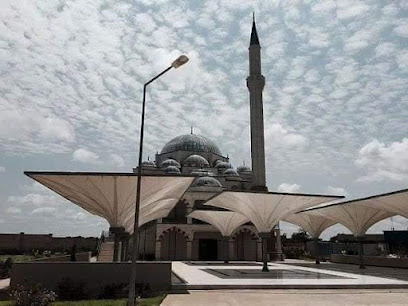
The Tomb of the Unknown Soldier
Explore the Tomb of the Unknown Soldier in Mogadishu, a historical landmark honoring the heroic sacrifices made for Somalia's freedom and peace.
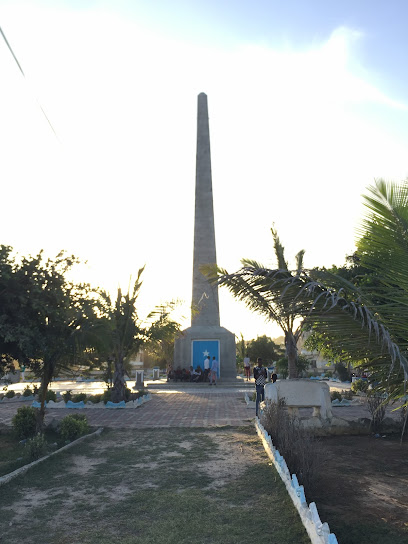
Lag Badana-Bushbush National Park
Explore the stunning landscapes and rich wildlife of Lag Badana-Bushbush National Park, a hidden gem along Somalia's pristine coast.
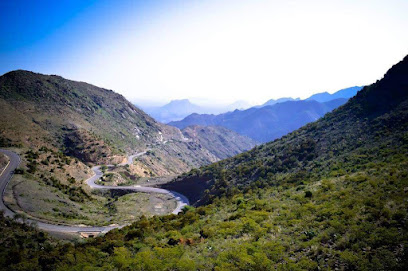
Laas Geel tour Safaris Tourism Company
Explore Laas Geel, a UNESCO World Heritage site featuring ancient rock art and breathtaking landscapes in the heart of Somalia.
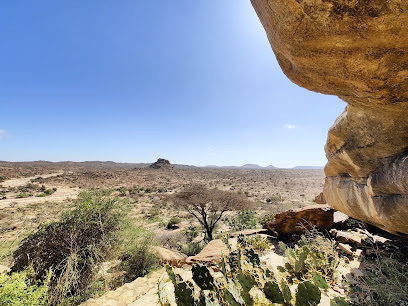
Hargeisa War Memorial Park
Explore the Hargeisa War Memorial Park, a serene tribute to resilience, freedom, and the rich history of Somaliland.
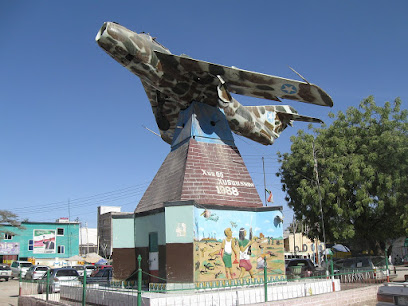
Saryan Museum
Explore the captivating history and culture of Somaliland at Saryan Museum in Hargeisa, a cultural gem for all visitors.
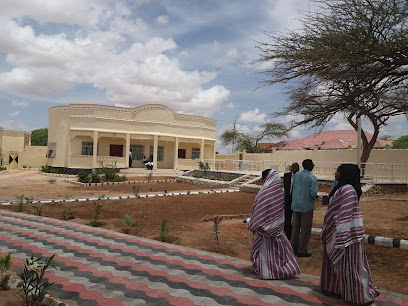
Karkaar
Explore the breathtaking vistas and rich biodiversity of Karkaar, the majestic mountain peak in Somalia, perfect for nature lovers and adventurers alike.
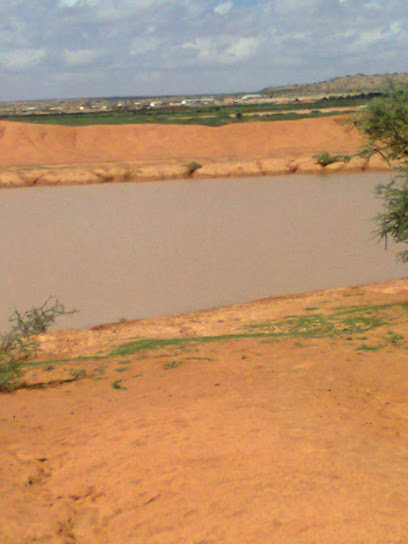
Rashka Barre Channel
Explore the serene Rashka Barre Channel, a wildlife haven in Mogadishu that celebrates nature and conservation efforts in an urban landscape.
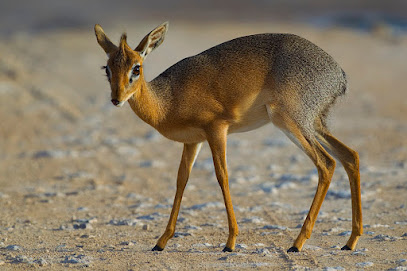
Guriga abshir cismaan kilwe
Discover the breathtaking hiking trails and stunning vistas of Guriga Abshir Cismaan Kilwe in Qardho, Somalia, a paradise for outdoor enthusiasts.
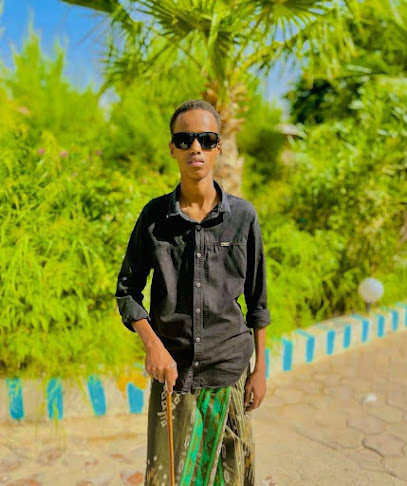
National Park
Discover the breathtaking landscapes and rich biodiversity of Armo National Park, a hidden gem in Somalia perfect for nature lovers and adventurers.
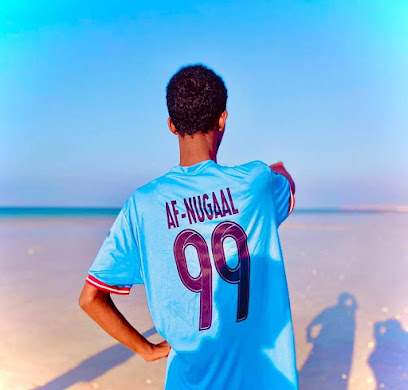
Qardho
Explore Qardho, a unique tourist attraction in Somalia, offering rich culture, stunning landscapes, and warm local hospitality.
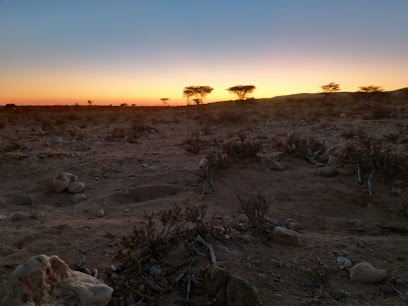
Markets, malls and hidden boutiques
Safari Mall
Discover the vibrant shopping and dining experience at Safari Mall, a must-visit destination in Qardho, Somalia, where community and culture come together.
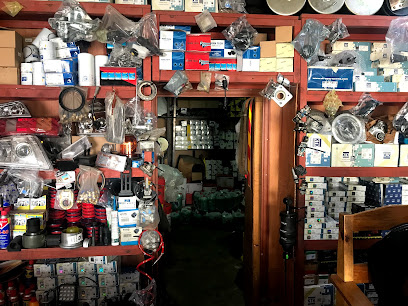
Karkaar
Experience the breathtaking beauty and adventure at Karkaar Mountain Peak, a must-visit destination in Somalia for nature lovers and adventure seekers.

Al huda shop
Explore Al Huda Shop in Qardho for a unique shopping experience, showcasing local crafts, textiles, and the warm spirit of Somali culture.
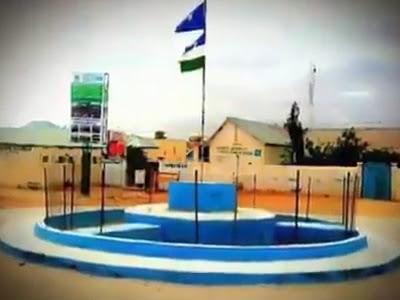
Iqro Shop
Discover the essence of Qardho at Iqro Shop, a local grocery store offering fresh produce, spices, and unique regional products for every traveler.

sheerbi shop
Discover unique local crafts and souvenirs at Sheerbi Shop in Samaysa Dheer, a vibrant store showcasing the essence of regional culture.
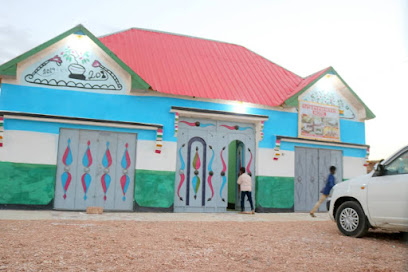
Qaran Book Shop & Electronics
Explore the vibrant Qaran Book Shop & Electronics in Qardho, where technology and literature come together for an enriching experience.

FIIIFA SHOP
Discover the vibrant shopping experience at FIIIFA SHOP in Samaysa Dheer, where local culture meets contemporary style.
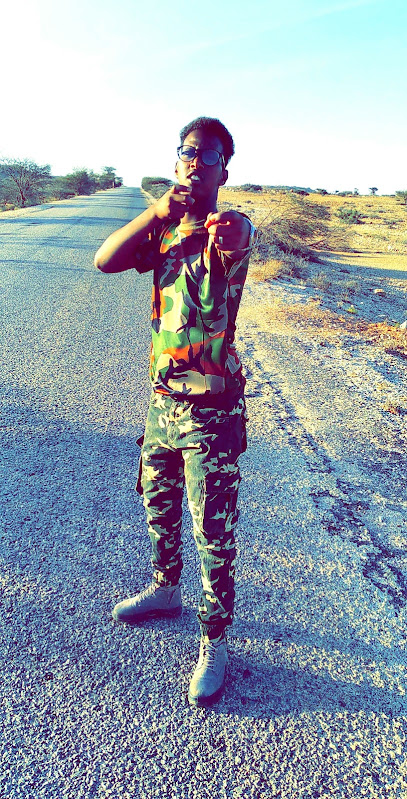
Somali Star Shop
Explore Somali Star Shop for authentic local crafts and gifts that reflect the rich heritage of Somalia, perfect for tourists seeking unique souvenirs.
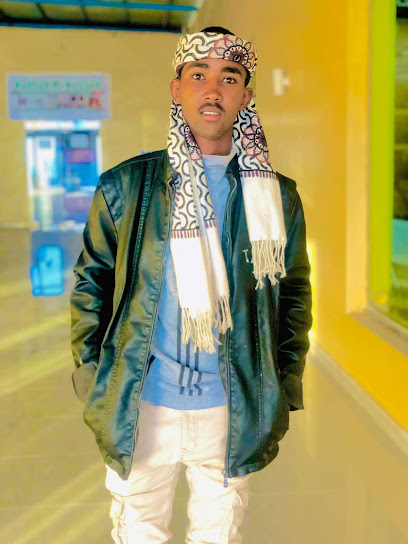
Carmo shop
Experience local Somali culture and flavors at Carmo Shop, your destination for fresh groceries and traditional delicacies in Qardho.

SALAAMA SUPER MARKET
Experience the flavors of Somalia at SALAAMA SUPER MARKET in Qardho, where local products and culinary traditions come alive.

Qarshe shop
Explore Qarshe Shop in Armo for unique local crafts, souvenirs, and a taste of authentic Somali culture.
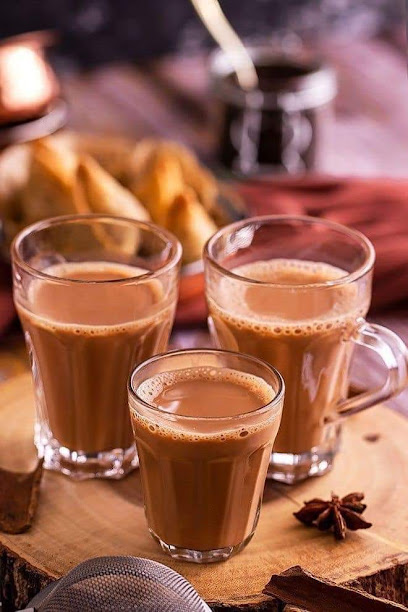
Baarakallah Shope
Explore Baarakallah Shope in Qardho for exquisite miniatures and unique cultural souvenirs that capture the spirit of your travels.

Kamil supermrket
Explore Kamil Supermarket in Waiye for a unique blend of local and international products, perfect for every tourist looking to experience authentic shopping.
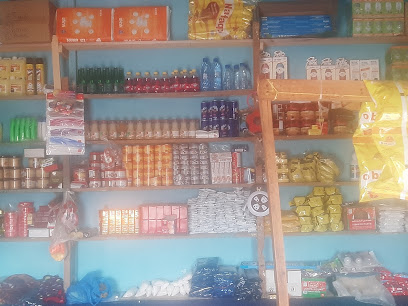
Waaciye - Karkaar - Somalia
Explore the essence of Karkaar at Waaciye Auto Repair Shop, a community hub showcasing local culture and craftsmanship in Puntland, Somalia.

Ilays shop
Discover the vibrant flavors and local culture at Ilays Shop, a grocery store in Qardho, Somalia, perfect for tourists seeking authentic experiences.

Essential bars & hidden hideouts
Karkaar
Discover the breathtaking beauty of Karkaar, a majestic mountain peak in Somalia, perfect for hiking and nature exploration.
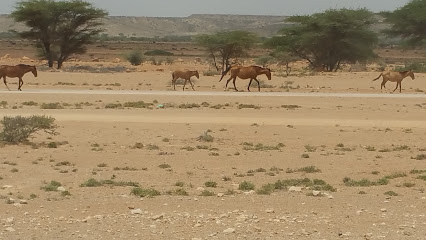
Gole RESTAURANT
Experience the authentic taste of Somali cuisine at Gole Restaurant in Qardho, where every dish tells a story.
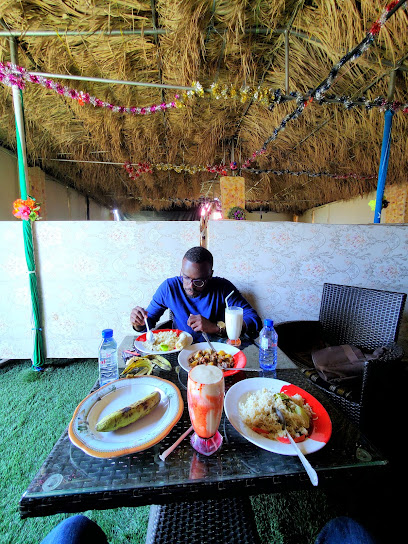
Gojacade
Discover Gojacade, a vibrant bar in Badhan offering a unique blend of local flavors and a welcoming atmosphere for all visitors.
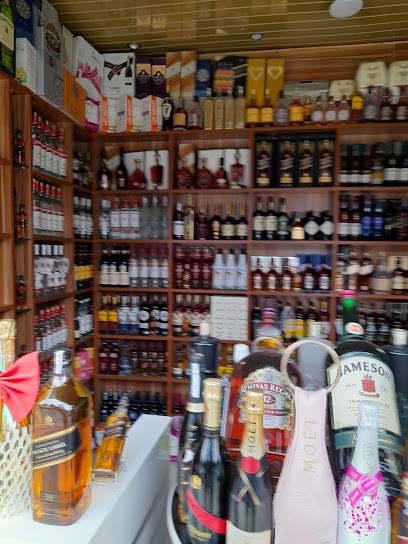
Israac
Discover the essence of Somali cuisine at Israac, a beloved restaurant in Qardho offering authentic dishes and a warm dining atmosphere.

Safari Restaurant & Cafeteria
Experience the authentic flavors of Somalia at Safari Restaurant & Cafeteria, a culinary gem in Qardho, offering traditional dishes in a welcoming atmosphere.

Saafi juice
Discover the refreshing flavors of Saafi Juice in Qardho, where local fruits meet vibrant hospitality in a casual dining experience.

Dhadhan iyo dheef
Discover the vibrant atmosphere of Dhadhan iyo dheef in Qardho, where local culture meets refreshing drinks in a welcoming bar setting.

Hidasoor
Experience authentic Somali culture at Hidasoor, Qardho's vibrant bar that promises a delightful atmosphere and refreshing drinks.

Y.C.C
Experience the vibrant nightlife of Armo at Y.C.C, a lively bar offering a unique mix of local culture and refreshing drinks.

Dangarad restaurant and coffeteri
Discover authentic Somali cuisine and a cozy atmosphere at Dangarad Restaurant and Coffeteri in Samaysa Dheer.
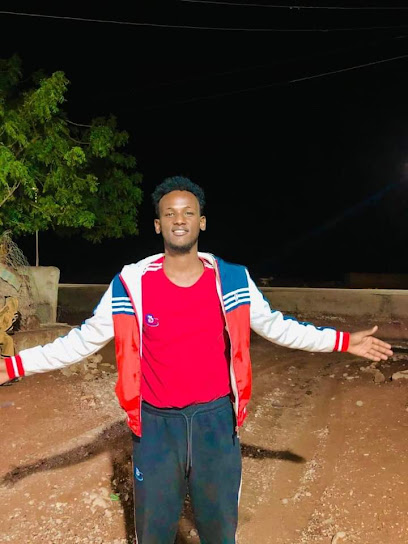
Baar Rako Raaxo Restaurant
Experience the authentic flavors of Somali cuisine at Baar Rako Raaxo Restaurant, where every dish is a celebration of local ingredients and culinary traditions.

Dreampoint hotel garowe
Experience authentic Somali cuisine and warm hospitality at Dreampoint Hotel Garowe, a culinary gem in the heart of Puntland.

Kifaax Cafeteria
Discover local flavors and vibrant culture at Kifaax Cafeteria, a bar in Qardho offering refreshing drinks and a welcoming atmosphere.

Point
Experience the lively bar scene at Point in Qardho, where local culture meets vibrant nightlife and delicious drinks await.

Saamalayl Cafeteria and Juices
Experience the vibrant local culture at Saamalayl Cafeteria and Juices, where refreshing drinks and snacks meet the heart of Rako Raaxo.

Local Phrases about Karkaar Mountains
-
- HelloSalaan
[sa-la-an] - GoodbyeNabad gelyo
[na-bad ge-lyo] - YesHaa
[haa] - NoMaya
[ma-ya] - Please/You're welcomeFadlan
[fad-lan] - Thank youMahadsanid
[ma-had-sa-nid] - Excuse me/SorryIlaahay ha idinka sahlo
[i-laa-hay ha i-din-ka sah-lo] - How are you?Sidee tahay?
[si-dee ta-hay] - Fine. And you?Waa fiican. Iyo ad?
[waa fi-ican. i-yo ad] - Do you speak English?Ma ku hadashaa Ingiriis?
[ma ku ha-da-shaa in-gi-riis] - I don't understandMa fahmin
[ma fah-min]
- HelloSalaan
-
- I'd like to see the menu, pleaseWaan arki lahaa liiska cuntada, fadlan
[waan ar-ki la-haa lees-ka cun-ta-da, fad-lan] - I don't eat meatMa cunug xoolaha
[ma cu-nug xo-o-la-ha] - Cheers!Caddaalad
[cad-da-laad] - I would like to pay, pleaseWaan doonayaa inaan bixiyo, fadlan
[waan doo-na-yaa in-aan bi-xi-yo, fad-lan]
- I'd like to see the menu, pleaseWaan arki lahaa liiska cuntada, fadlan
-
- Help!Caawina!
[ca-a-wi-na] - Go away!Tag
[tag] - Call the Police!Wac poliska!
[wac po-lis-ka] - Call a doctor!Wac dhakhtar!
[wac dhak-tar] - I'm lostWaan tegey
[waan te-gey] - I'm illWaan marayaa
[waan ma-ra-ya]
- Help!Caawina!
-
- I'd like to buy...Waan iibsan lahaa...
[waan i-ib-san la-haa] - I'm just lookingWaan arki lahaa
[waan ar-ki la-haa] - How much is it?Qaddarkeedaa meesha yaa tahay?
[qad-dar-ke-da me-sha ya tahay] - That's too expensiveWaa qiimaha ka weyn
[waa qi-i-ma-ha ka weyn] - Can you lower the price?Ma ku tijaabi karaa qiimaha?
[ma ku ti-jaabi ka-raa qi-i-ma-ha]
- I'd like to buy...Waan iibsan lahaa...
-
- What time is it?Waa waqtiga maxaa yaa tahay?
[waa waq-ti-ga ma-xaa ya tahay] - It's one o'clockWaa hal saac
[waa hal sa-ac] - Half past (10)Saddex iyo bar
[sad-dex i-yo bar] - MorningGalab
[ga-lab] - AfternoonDuhur
[du-hur] - EveningHabeen
[ha-been] - YesterdayShalay
[sha-lay] - TodayMaanta
[ma-an-ta] - TomorrowBerri
[ber-ri] - 1Kow
[kow] - 2Laba
[la-ba] - 3Sagaal
[sa-gaal] - 4Afar
[a-far] - 5Shan
[shaan] - 6Lix
[li-x] - 7Toddobaad
[tod-do-baad] - 8Sideed
[si-deed] - 9Sagaal
[sa-gaal] - 10Toban
[to-ban]
- What time is it?Waa waqtiga maxaa yaa tahay?
-
- Where's a/the...?Hali ma jiraan...?
[ha-li ma ji-raan] - What's the address?Cinwaanka maxaa yaa tahay?
[cin-waan-ka ma-xaa ya tahay] - Can you show me (on the map)?Ma ku tusaa (khariidka)?
[ma ku tu-saa (kha-riid-ka)] - When's the next (bus)?Marka ugu dambeysa (baas)?
[mar-ka u-gu dam-bey-sa (baas)] - A ticket (to ....)Tikiti (ila...)
[ti-ki-ti (il-a)]
- Where's a/the...?Hali ma jiraan...?
History of Karkaar Mountains
-
The Karkaar Mountains have been home to various ancient communities. Archaeological evidence suggests that the region was inhabited as far back as the Neolithic period. These early settlers were primarily pastoralists, utilizing the mountainous terrain for grazing livestock. Rock art and ancient artifacts found in the area provide insights into their daily lives and spiritual beliefs.
-
The Karkaar Mountains hold significant cultural importance for the Somali people. The mountains are often featured in Somali folklore and poetry, symbolizing strength and resilience. Traditional songs and dances celebrate the natural beauty and spiritual essence of the mountains, and they are considered a symbol of national pride.
-
During the medieval period, the Karkaar Mountains were strategically significant as part of the trade routes that connected the interior of Somalia with the coastal cities. Caravans traversed these mountains, transporting goods such as frankincense, myrrh, and spices to ports like Berbera and Zeila. This trade network facilitated cultural and economic exchanges between different regions and contributed to the prosperity of Somali city-states.
-
In the late 19th and early 20th centuries, the Karkaar Mountains were a focal point in the resistance against colonial powers. Somali clans utilized the rugged terrain to their advantage in guerrilla warfare against British and Italian forces. Notable leaders like Sayyid Mohammed Abdullah Hassan, known as the 'Mad Mullah,' led resistance movements from these mountains, making the region a symbol of anti-colonial struggle.
-
Today, the Karkaar Mountains remain a vital part of Somalia's natural heritage. They are a source of livelihood for many communities who practice agriculture and animal husbandry. The mountains are also gaining recognition for their potential in eco-tourism, attracting visitors interested in exploring their unique landscapes, biodiversity, and cultural heritage.
-
The Karkaar Mountains are home to a diverse array of flora and fauna, some of which are endemic to the region. Conservation efforts are underway to protect this unique biodiversity, including initiatives to establish protected areas and promote sustainable land use practices. These efforts aim to preserve the ecological integrity of the mountains for future generations.
Karkaar Mountains Essentials
-
The Karkaar Mountains are located in the northeastern part of Somalia. The nearest major airport is Bosaso Airport (BSA), which is well-connected to Mogadishu and other regional hubs. From Bosaso, you can hire a 4x4 vehicle or take a local bus to reach the Karkaar Mountains. The journey by road offers scenic views and takes approximately 4-6 hours depending on the route and road conditions.
-
Transportation within the Karkaar Mountains region can be challenging due to the rugged terrain. It is advisable to hire a 4x4 vehicle with a local driver who is familiar with the area. Public transport options such as buses and minibuses are available but may not reach all remote areas. For shorter distances, walking or using a rented bicycle can be an enjoyable way to explore the region.
-
The official currency in Somalia is the Somali Shilling (SOS). Credit cards are not widely accepted in the Karkaar Mountains region, so it is essential to carry sufficient cash. ATMs are scarce, so it is advisable to withdraw cash in larger cities like Bosaso before heading into the mountains. Local markets and small businesses prefer cash transactions.
-
While the Karkaar Mountains are generally safe for tourists, it is crucial to take standard precautions. Avoid traveling alone, especially at night, and stay informed about the current security situation. Some areas may have higher crime rates, so it is advisable to consult local guides or authorities for up-to-date information. Always keep your belongings secure and be vigilant in crowded areas.
-
In case of an emergency, dial 999 for immediate assistance. Medical facilities in the Karkaar Mountains region are limited, so having travel insurance that covers medical emergencies is essential. For minor health issues, carry a basic first-aid kit and necessary medications. The nearest major hospital is in Bosaso, which can be reached by road. It is also advisable to register with your embassy or consulate upon arrival.
-
Fashion: Do dress modestly, as Somalia is a conservative country. Avoid wearing revealing clothing. Religion: Do respect local customs and traditions. Always dress modestly when visiting religious sites. Public Transport: Do be respectful and courteous to fellow passengers. Don't eat or drink on public transport. Greetings: Do greet people with a handshake and a smile. Using a few words in Somali, such as 'As-Salaam-Alaikum' (Peace be upon you), is appreciated. Eating & Drinking: Do try local dishes and accept food graciously. Don’t refuse hospitality, as it is considered impolite.
-
To experience the Karkaar Mountains like a local, visit traditional markets where you can buy fresh produce and local crafts. Engage with the locals, who are often friendly and eager to share stories about their culture and history. Don’t miss the opportunity to explore the natural beauty of the region, including its unique rock formations and diverse wildlife. Hiring a local guide can enhance your experience and provide deeper insights into the area's heritage.
Nearby Cities to Karkaar Mountains
-
Things To Do in Hargeisa
-
Things To Do in Loyada
-
Things To Do in Obock
-
Things To Do in Djibouti City
-
Things To Do in Ibb
-
Things To Do in Arta
-
Things To Do in Tadjoura
-
Things To Do in Ali Sabieh
-
Things To Do in Dhamar
-
Things To Do in Dikhil
-
Things To Do in Harar
-
Things To Do in Sana'a
-
Things To Do in Dire Dawa
-
Things To Do in Salalah
-
Things To Do in Mirbat


